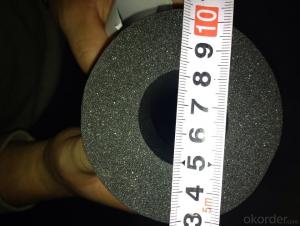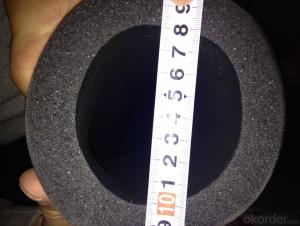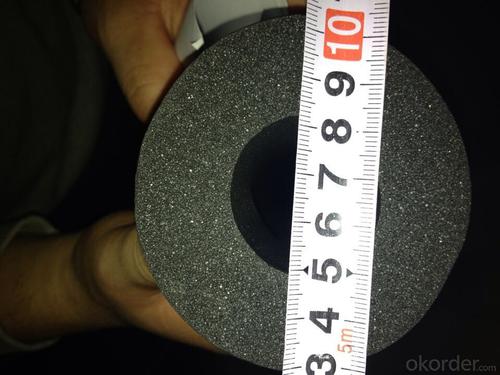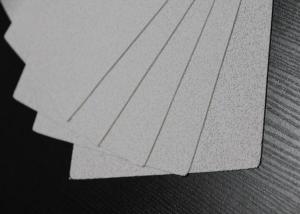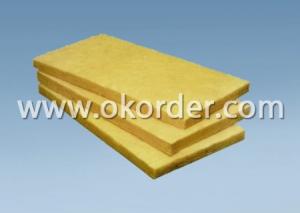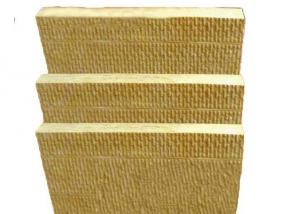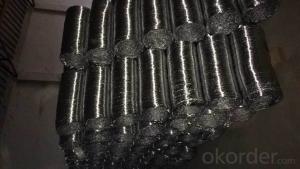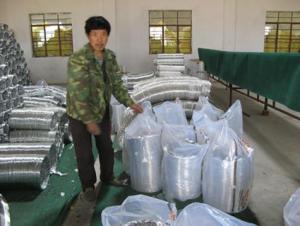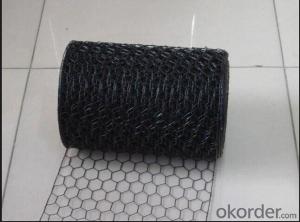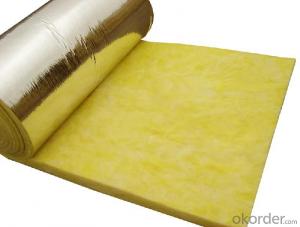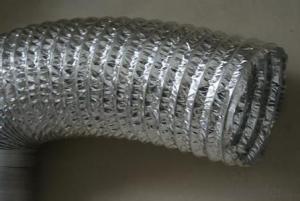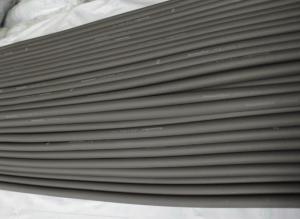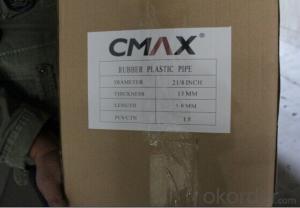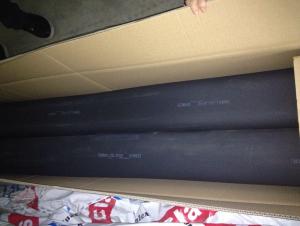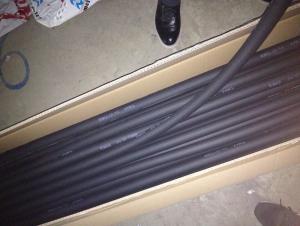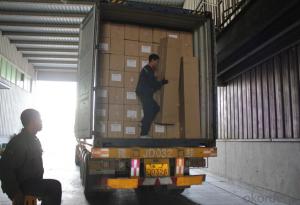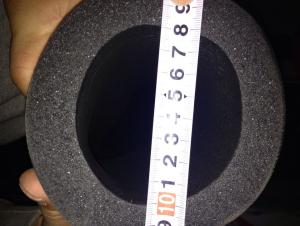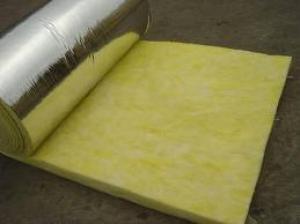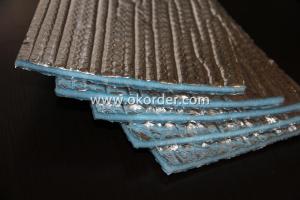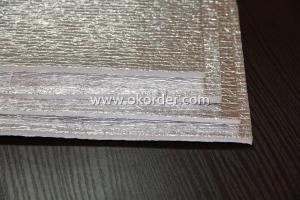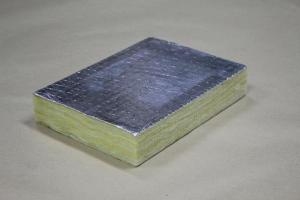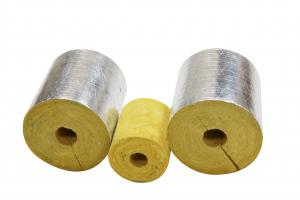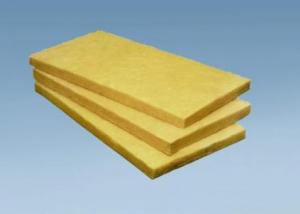Insulated Rubber Plastic Sheet and Pipe
- Loading Port:
- China Main Port
- Payment Terms:
- TT or LC
- Min Order Qty:
- -
- Supply Capability:
- -
OKorder Service Pledge
OKorder Financial Service
You Might Also Like
1. Flexible Rubber Plastic Insulation Material Product Description
Rubber plastic is a high quality heat-insulating and heat-preservation material which use but yronitrile rubber and polyvinyl chloride(NBR,PVC) as main raw materials. The production process includes mixing, tensing and continuous extruding , heating and foaming.
2.Main Features of Rubber Plastic
-Lower heat-conductivity-Higher fire-blocking performance-Damp-proof and Water-proof-Softness-Neat and -Easy to install easy handing and storage-Good flexibility and tenacity
3.Rubber Plastic Images
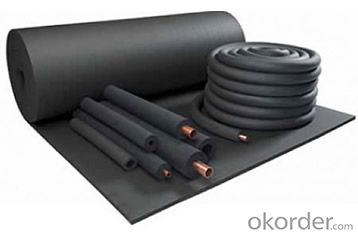
4.Rubber Plastic Specification --Rubber Plastic Sheet
Density(kg/m3) | 40-90 | ||||
Thickness(mm) | 10 mm | 15 mm | 20 mm | 25 mm | 30 mm |
Length (m) | 20 | 20 | 10 | 10 | 10 |
Width (m) | 1.5 | 1.5 | 1.5 | 1.5 | 1.5 |
5.FAQ
①How about your company?A world class manufacturer & supplier of HVAC materials,is one of the large-scale professional investment building materials production bases in China.
②How to guarantee the quality of the products?We have established the international advanced quality management system,every link from raw material to final product we have strict quality test;We resolutely put an end to unqualified products flowing into the market. At the same time, we will provide necessary follow-up service assurance.
③How long can we receive the product after purchase? In the purchase of product within three working days, We will arrange the factory delivery as soon as possible. The pecific time of receiving is related to the state and position of customers. Commonly 7 to 10 working days can be served.
- Q: What's the difference between the rock wool and glass wool?
- Rock wool takes natural basalt as the main raw material, after high temperature melting, artificial inorganic fibers are made by high speed centrifugal equipment, at the same time, add special binder and dustproof oil, then through heat curing, made into a variety of specifications rock wool insulation products with different requirements. Rock wool products are widely used for construction, petroleum, electric power, metallurgy, textile, national defense, transportation and other industries, is the ideal material for thermal insulation and sound insulation of pipeline storage tank, boiler, flue, heat exchangers, fan, transport and other industrial equipment. Rock wool board can resist high temperature of 650 degrees. Glass wool belongs to a category of glass fiber, and is a kind of man-made inorganic fiber. Glass wool is a kind of spongiform material shaped by making melten glass fibering, it's chemical content belongs to glass and is a kind of inorganic fiber. It has good molding, small bulk density, low thermal conductivity, good thermal insulation and heat insulation, good sound absorption, corrosion resistance and stable chemical performance. the internal side of centrifugal glass wool exists crisscross fibers and many tiny air voids, is typical porous sound-absorbing material, has good sound absorption characteristics. Glass wool can resist high temperature of 450 degrees.
- Q: How does fiberglass facing contribute to energy efficiency in buildings?
- Enhancing energy efficiency in buildings is a crucial role played by fiberglass facing. Typically used as insulation, this material acts as a barrier against heat transfer, thus reducing the energy required to maintain a comfortable indoor temperature. A primary contribution of fiberglass facing to energy efficiency is its high thermal resistance, also known as R-value. This value measures the resistance to heat flow, and fiberglass insulation with facing possesses a higher R-value compared to materials without facing. Consequently, it effectively prevents heat transfer between the inside and outside of a building, reducing the need for excessive heating or cooling. Moreover, fiberglass facing, when properly installed, aids in creating an airtight seal. This prevents drafts and air leaks from infiltrating, which can have a significant impact on energy efficiency. By sealing these gaps, fiberglass facing helps maintain a consistent indoor temperature and reduces the workload on heating and cooling systems. Another noteworthy aspect is that fiberglass facing acts as a vapor barrier, impeding the movement of moisture through the insulation. This reduces the risk of condensation and subsequent damage to the building structure. By controlling moisture, fiberglass facing contributes to the overall durability and longevity of the insulation system. Additionally, fiberglass facing exhibits fire-resistant properties, which are crucial for building safety. In the event of a fire, it helps slow down the spread of flames, providing occupants with valuable time to evacuate and emergency services with time to respond. In conclusion, fiberglass facing is a cost-effective and efficient solution for improving energy efficiency in buildings. Its high R-value, ability to create an airtight seal, moisture control capabilities, and fire resistance all contribute to reducing energy consumption, lowering utility costs, and creating a more comfortable and sustainable indoor environment.
- Q: What advantages does the use of black fiberglass tissue in construction have for the environment?
- <p>The use of black fiberglass tissue in construction offers several environmental benefits. It is a lightweight material that reduces the overall weight of structures, thereby decreasing the energy required for transportation and construction. Black fiberglass is also resistant to corrosion and rot, which means it has a longer lifespan and reduces waste, contributing to less landfill. Additionally, it is a non-conductive material, which can help in reducing heat transfer, thus contributing to energy efficiency in buildings. Furthermore, it is often made from recycled materials, which promotes recycling and reduces the demand for new raw materials. Overall, black fiberglass tissue can contribute to sustainable construction practices by reducing environmental impact.</p>
- Q: Is it possible to recycle aluminum foil with a facing layer in my country?
- <p>Yes, aluminum foil with a facing layer can often be recycled, but the process may vary by country. In many countries, aluminum foil is recyclable, including the type with a plastic or paper facing. However, it's important to check with your local recycling program, as some facilities may not accept it due to the difficulty in separating the layers. If your local program doesn't accept it, you might need to find a specialized recycling center that can handle this type of material.</p>
- Q: This question asks for methods to clean black fiberglass tissue effectively.
- <p>To clean black fiberglass tissue, start by using a soft brush to remove any loose dirt or debris. Next, mix a mild detergent with warm water and gently scrub the surface with a soft cloth or sponge. Avoid using harsh chemicals or abrasive materials that could damage the fiberglass. After cleaning, rinse thoroughly with clean water and let it dry naturally. For stubborn stains, consider using a fiberglass-specific cleaner, but always test on a small, inconspicuous area first to ensure it doesn't discolor or damage the material. Regular maintenance will help keep your black fiberglass tissue looking its best.</p>
- Q: How to install sound insulation glass wool boards on the wall?
- After pasting aluminum insulation supporting pin on the keel, press the board or felt on it till it is pinned.
- Q: What are the differences between glass wool and rock wool in terms of thermal insulation?
- If the temperature is higher than 300 degrees, the rock wool boards are better. The operation life of glass wool at high temperature is short, and the price of which is higher than that of rock wool. Galvanized board can be used as protective layer for its long operation life but it rusts easily and is not so beautiful. The aluminium plate has a short operation life and it damages and deforms easily.
- Q: The user is asking if it's possible to use aluminum foil with a shiny side facing outward to create a sandwich roll.
- <p>Yes, you can use aluminum foil to make a sandwich roll, but it's not recommended to use the shiny side facing outward. The dull side of the foil is typically used for food contact because it's less likely to transfer any potential residues or chemicals to the food. The shiny side may have a coating that isn't safe for direct food contact. Always ensure that the foil is food-safe and use it according to the manufacturer's instructions.</p>
- Q: What is the waterproof insulation material on the building?
- 3 When using reinforced concrete piles, the excavation standard is the pile concrete to reach (after design strength) 4 Artificial excavation earth, the two operating distance should be maintained (1 m)
- Q: I have a vented metal roof. WV winters
- Check into heat tape tied to pipe, with insulation wrapped around that. turns on when freezing temperatures. insulation by itself, will not stop it from freezing if left for long periods without water moving through it. .
Send your message to us
Insulated Rubber Plastic Sheet and Pipe
- Loading Port:
- China Main Port
- Payment Terms:
- TT or LC
- Min Order Qty:
- -
- Supply Capability:
- -
OKorder Service Pledge
OKorder Financial Service
Similar products
Hot products
Hot Searches
Related keywords
